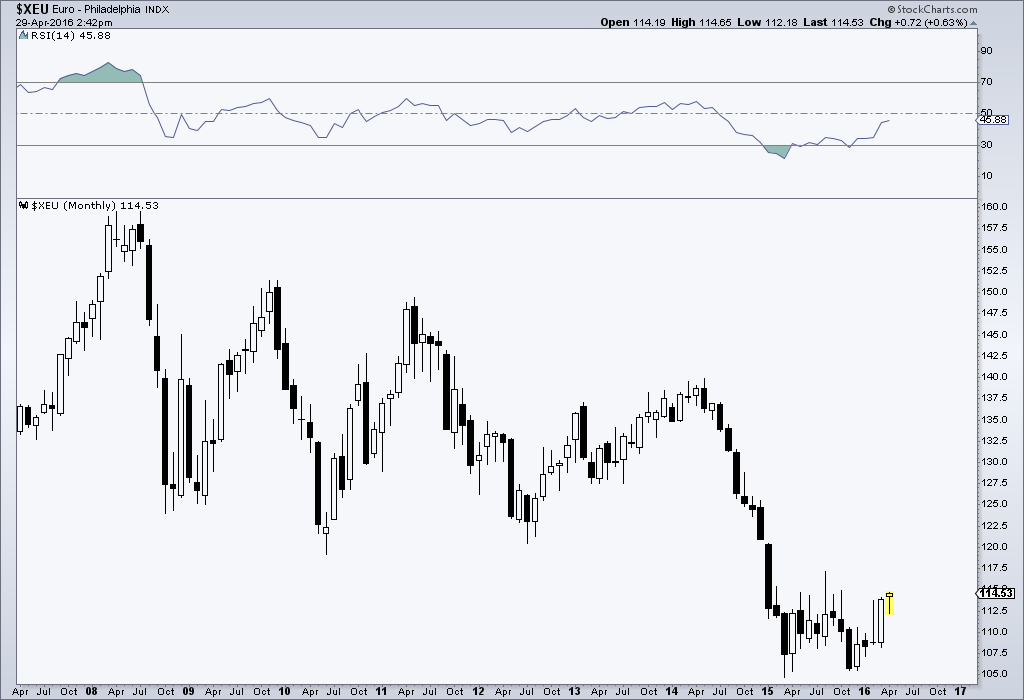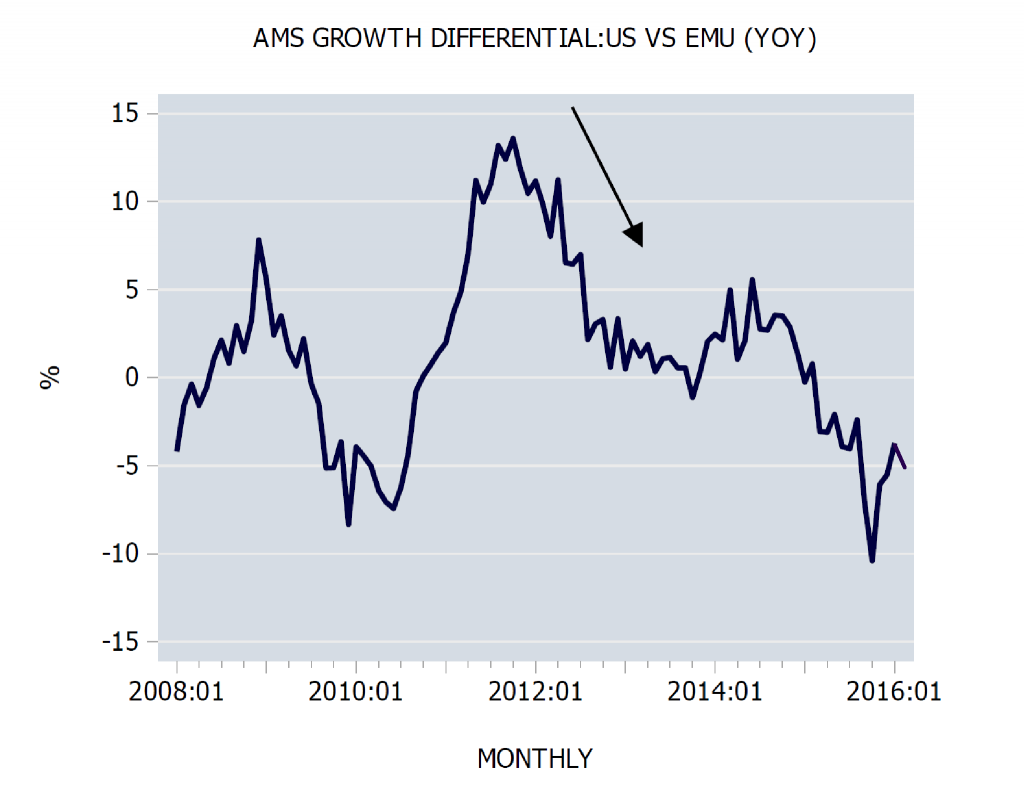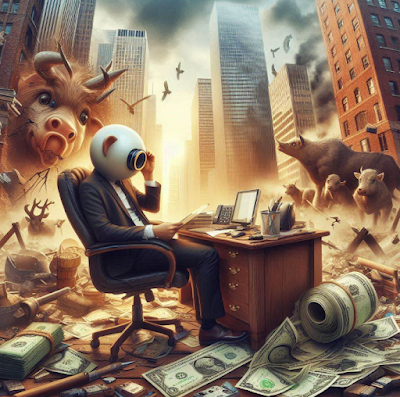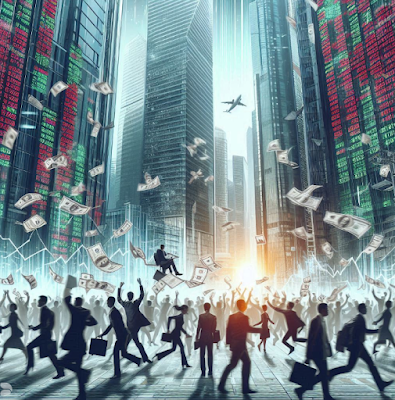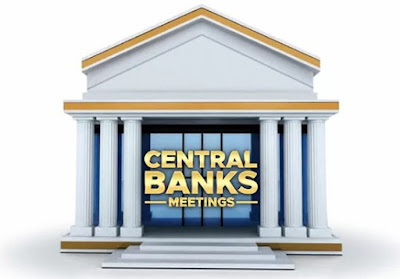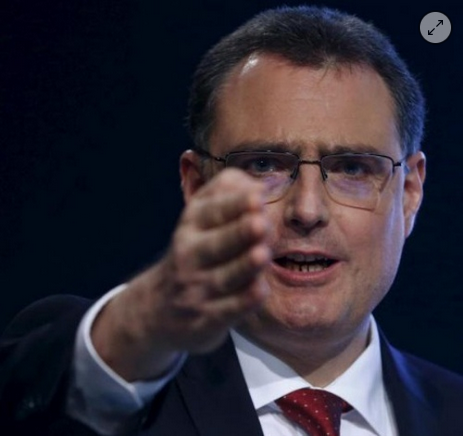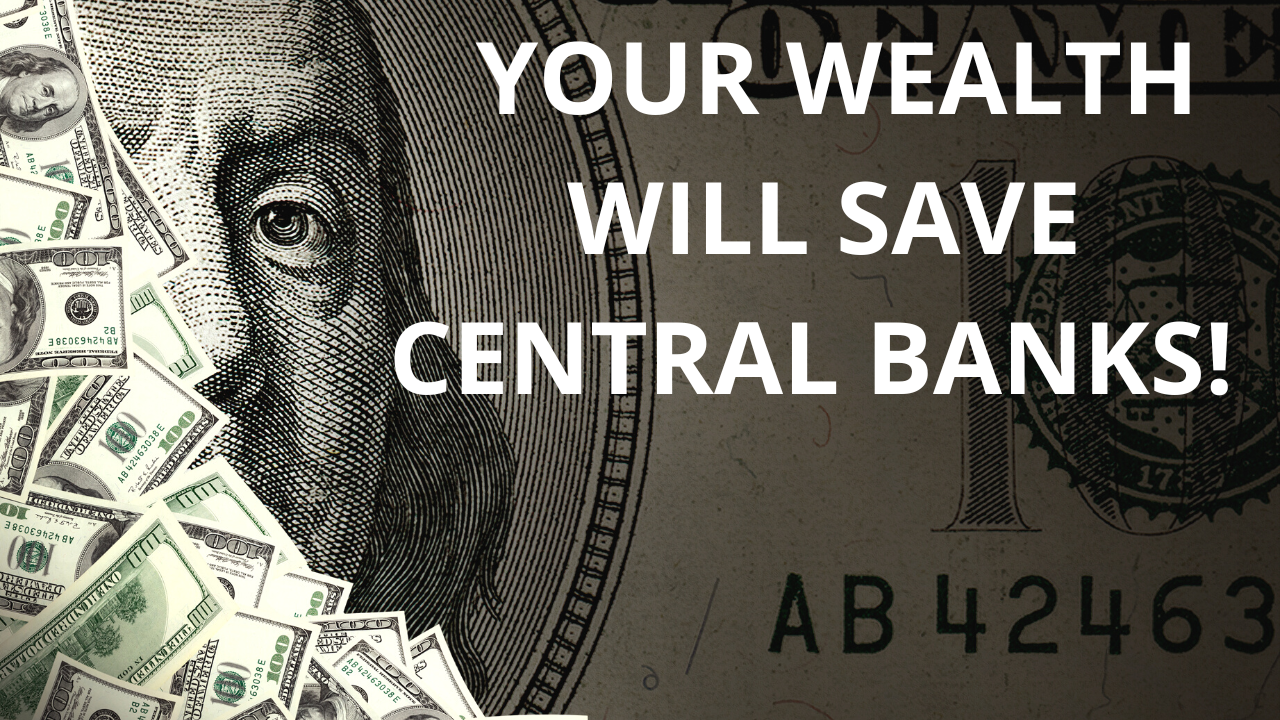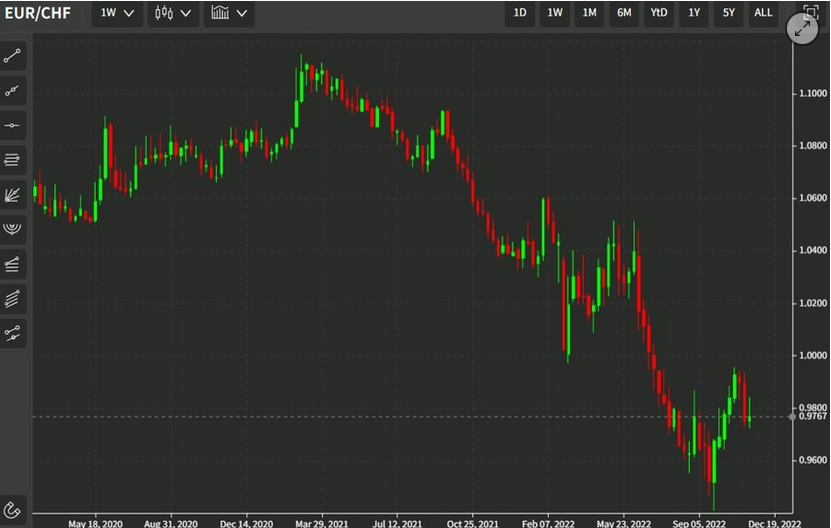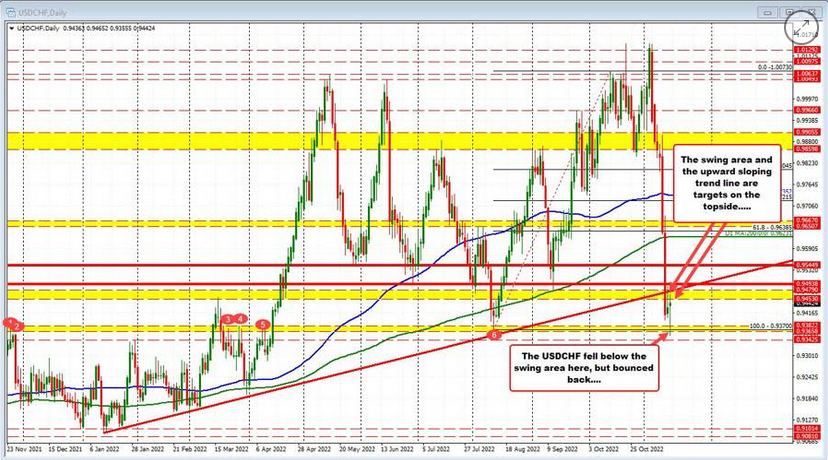What Determines a Currency’s Value?
At the end of March the price of the euro in terms of US dollars closed at 1.1378. This was an increase of 4.7 percent from February when it increased by 0.3 percent. The yearly growth rate of the price of the euro in US dollar terms jumped to 6 percent in March from minus 2.9 percent in February.
EUR-USD, 2007 – today,
|
According to most experts currency rates of exchange appear to be moving in response to so many factors that it makes it almost impossible to ascertain where the rate of exchange is likely to be headed. Rather than paying attention to the multitude of factors, though, it is more sensible to focus on the essential variable.
As far as the currency rate of exchange determination is concerned, this variable is the relative changes in the purchasing power of various monies. It is the relative purchasing power of various monies that sets the underlying rate of exchange.
A price of a basket of goods is the amount of money paid for the basket. We can also say that the amount of money paid for a basket of goods is the purchasing power of money with respect to the basket of goods.
If in the US the price of a basket of goods is one dollar, and in Europe an identical basket of goods is sold for 2 euros then the rate of exchange between the US dollar and the euro must be two euros per one dollar.
The Money Supply and Purchasing Power
An important factor in setting the purchasing power of money is the supply of money. If over time the rate of growth in the US money supply exceeds the rate of growth of the European money supply, all other things being equal, this will put pressure on the US dollar.
Since a price of a good is the amount of money per good, this now means that the prices of goods in dollar terms will increase faster than prices in euro terms, all other things being equal.
Price Changes Do Not Occur All at Once, or Evenly
Changes in a local money supply affect its general purchasing power with a time lag, and this means that changes in relative money supply affect the currency rate of exchange also with a time lag.
When money is injected into the economy it starts with a particular market before it goes to other markets. This is the reason for the lag. When it enters a particular market it pushes the price of a good in this market higher. More money is spent on given goods than before.
This in turn means that past and present information about the money supply can be employed in ascertaining likely future moves in the currency rate of exchange.
The Demand for Money
Another important factor in driving the purchasing power of money and the currency rate of exchange is the demand for money. For instance, with an increase in the production of goods, the demand for money will follow suit.
The demand for the services of the medium of exchange will increase since more goods must now be exchanged. As a result, for a given supply of money, the purchasing power of money will increase. Less money will be chasing more goods now.
Various factors, such as the interest rate differential, can cause a deviation of the currency rate of exchange from the level dictated by relative purchasing power. Such deviations, however, will set corrective forces in motion.
The Role of Central Banks
We saw earlier that if the price of a basket of goods in the US is one dollar and in Europe two euros, then according to the purchasing power framework the currency rate of exchange should be one dollar for two euros.
But, let us now say that the Fed raises its policy interest rate while the European central bank keeps its policy rate unchanged. As a result of the widening in the interest rate differential between the US and the euro zone, the resulting increase in the demand for dollars pushes the exchange rate in the market toward one dollar for three euros.
This means that the dollar is now overvalued when compared to the relative purchasing power of the dollar versus the euro.
Demand for a Currency Is Affected by Attempts to Gain from Arbitrage
As long as this situation endures, it will pay to sell the basket of goods for dollars, then exchange dollars for euros, and then buy the basket of goods with euros — thus making a clear arbitrage gain. For example, individuals could sell a basket of goods for one dollar, exchange the one dollar for three euros, and then exchange three euros for 1.5 baskets, gaining 0.5 of a basket of goods.
The fact that the holder of dollars will increase his/her demand for euros in order to profit from the arbitrage will then make euros more expensive in terms of dollars — pushing the exchange rate back in the direction of one dollar for two euros. An arbitrage will always be set in motion if the rate of exchange deviates, for whatever reasons, from the underlying rate of exchange.
Conclusion
All of these factors continue to affect the relative value of the US dollar to the euro. Relative to the euro, however, the US dollar is growing in value as the euro declines. After closing at 5.5 percent in June 2014, the money growth differential between the US and the euro zone fell to minus 4.8 percent in February this year.
This means that relative to the euro zone, US money growth has weakened significantly. From a monetary perspective, this suggests the US dollar will continue to increase in value against the euro in the months ahead, all other things being equal.
Charts by: Stockcharts, Frank Shostak / AASE
Chart captions by PT
This article has originally appeared at the Ludwig von Mises Institute and is republished with permission
Dr. Frank Shostak is an Associated Scholar of the Mises Institute. His consulting firm, Applied Austrian School Economics (AASE), provides in-depth assessments and reports of financial markets and global economies. He received his bachelor’s degree from Hebrew University, master’s degree from Witwatersrand University and PhD from Rands Afrikaanse University, and has taught at the University of Pretoria and the Graduate Business School at Witwatersrand University.
Full story here Are you the author? Previous post See more for Next post
Tags: central-banks,newslettersent,On Economy









